The unincorporated community of Tecopa, in collaboration with Inyo County, laid out its vision for the future after a series of public meetings starting in 2015, preparing a draft document called the Tecopa Community Plan and releasing it in 2018.
We thought it might be helpful to refresh our collective memory of what is even in this draft plan, what has been completed, and what is still pending, a decade into the process.
The plan, a collaborative effort between the Tecopa community and the Inyo County Planning Department, aims to guide future development while preserving the unique character of the area. The Inyo County Board of Supervisors directed the planning staff to develop this plan, reflecting the ideas and visions of Tecopa residents.
This came about with the creation of the Desert Renewable Energy Conservation Plan (DRECP) and the Renewable Energy General Plan Amendment (REGPA). Both plans aim to guide where large renewable energy projects—like big solar farms—can be built in the desert, and have had a big impact on how Tecopa thinks about its future. In 2011 there was a standing room only crowd at the Tecopa Community Center for a meeting about the proposed and later abandoned Hidden Hills Solar Project, full of first responders, Pahrump Paiute Tribe, Center for Biological Diversity, California Native Plant Society, The Nature Conservancy, and Amargosa Conservancy. Inyo and Nye County commissioners were present, as were Lahontan Regional Water Quality Control Board, Great Basin Air Quality District, Southern Inyo Fire Protection District, and Valley Electric Association, according to Basin and Range Watch.
While these projects help California meet clean energy goals, they also raise concerns for small communities like Tecopa. Locals worry that industrial-scale development could harm the area’s quiet, natural beauty, strain limited water supplies, tax public resources and disrupt tourism, which many see as a better fit for the town. At the same time, these planning efforts pushed Tecopa residents to get more involved in shaping how their land is used, so they could protect what makes their community special while still being part of the state’s clean energy future.
The overarching vision statement for Tecopa, developed by the community, is that it will be “a forward thinking, technologically advanced, community and destination that preserves relaxation and encourages discovery.” This vision is further broken down into specific goals across various sectors.
In terms of Business and Economy, the plan emphasizes catering to tourists’ relaxation, and responsible recreation, and promoting ecotourism, positioning Tecopa as a gateway community to the desert. While desiring a little more development, the community also stressed the importance of it being preserved the way it is, which is a conundrum. Policies supporting these goals include encouraging collaboration among business owners and periodically reviewing the success of commercial cannabis, which, so far, has been a bust.
Regarding Housing, the vision for Tecopa outlined in the draft is to remain a family spot with a little more development, while being preserved in its current state. The plan also considers zoning changes to accommodate alternative living technologies like earth homes, though a number of developers building earth homes have fled Inyo County over the last year because of county pressure to abide by traditional building code. The suggested policies in this area focus on a neighborhood cleanup program and discussions with the Bureau of Land Management (BLM) regarding potential land releases for private ownership and a neighborhood park in Tecopa Heights.
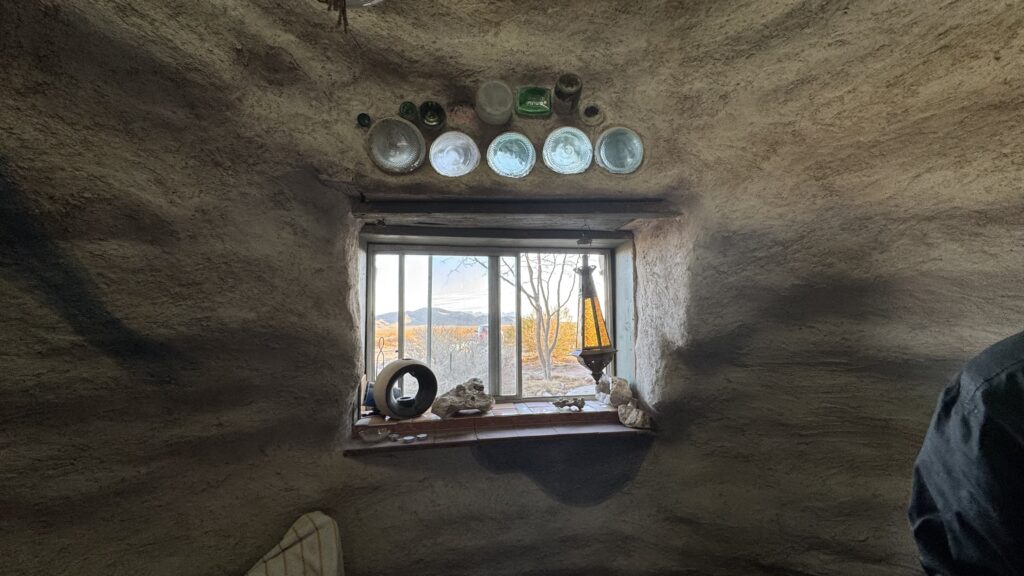
For Environment, Recreation, and Agriculture, the community envisions better signage with rules for visitors, efforts to eradicate bombers and mosquitoes, and development that supports dark skies. They desire for Tecopa to remain a sanctuary with an updated or new community center with a commercial kitchen and a public swimming pool. The suggested policies aim to preserve dark skies and explore grants for a community pool, garden, and farmers market.
In the realm of Infrastructure, Utilities, Transportation, Schools, Energy, and Services, the vision includes updating all area infrastructure, including reliable electricity, phones, and potable water, improved senior services, community and private solar power, updated zoning for new technologies, and public transportation. The community experiences poor infrastructure overall. Specifically, the plan mentions issues with reliable electricity, noting that service often goes out during storms and takes a considerable time to fix. Most recently, this year, Tecopa had two power outages that lasted 24 hours.
Suggested policies include seeking grants for the fire district, which the county has done. It is currently working with Southern Inyo Fire Protection District to build two new fire stations in Tecopa and Charleston View. Meetings about the fire district and building plans are available on Zoom, view their calendar for more information.
Additionally, they also suggested and already implemented the item on improving potable water access by installing the water kiosk in Tecopa Heights. Other policy suggestions include finding educational materials on sustainable water use, exploring solar energy grants, and contacting service providers for better phone and internet services—recently AT&T has let landlines falter for long periods when outages happen and many residents now rely on Starlink for internet.
For Transportation, the plan called for traffic safety improvements, including a bicycle and pedestrian path now in development that will connect Tecopa Hot Springs with downtown Tecopa and Tecopa Heights. A persistent misunderstanding has been that the funding for this project could simply be redirected to other local needs. In reality, the money comes from a federal grant dedicated specifically to increasing pedestrian and bicycle activity. The grant is intended to encourage healthier, more active lifestyles by making roads safer and more accessible, and the funds cannot be reallocated outside that purpose.
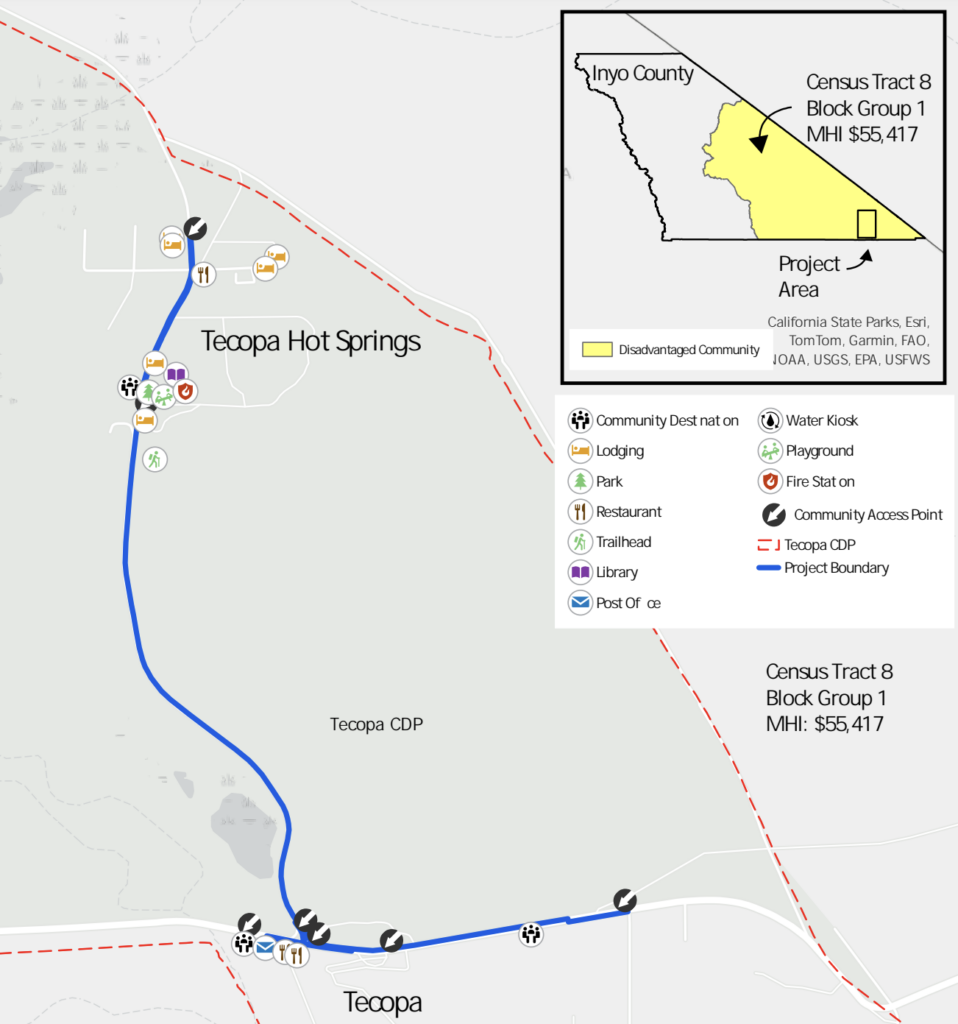
The proposal also references expanding transit service from Eastern Sierra Transit.
The plan states that the county and community will work together to investigate a Rails to Trails multi-modal path connecting Death Valley Junction, Shoshone, Tecopa, China Ranch and the multi-modal trail envisioned for Tecopa and Charleston View. This suggests that the vision is to repurpose the old Tonopah and Tidewater Railroad bed into a multi-use trail suitable for walking, cycling, and potentially horseback riding. The proposed trail would create a significant connection between several key locations in the region, including Death Valley Junction, Shoshone, Tecopa, and China Ranch. It is also envisioned to connect with another proposed multi-modal trail in the Charleston View community, further expanding the network of non-motorized transportation options. This project is seen as an opportunity leveraging the historic railroad right-of-way. The plan includes a policy suggestion (RR-1) explicitly outlining the collaborative effort between the County and the community to investigate this project.
A fundamental goal highlighted in the Land Use chapter is to maintain Tecopa’s character as a tranquil community and destination. Residents wish to preserve its peace and quiet, dark skies, remote and rural nature, and the “live and let live” attitude. There is a desire for some additional development, primarily commercial, without changing the flavor of the community.
The plan suggests exploring a mixed-use residential/commercial zone in the Hot Springs area to allow for a combination of uses, encouraging rezoning of specific parcels, reviewing commercial setbacks, and developing a master plan for a “large property owner” in Tecopa. The plan states, Tecopa has the “most land zoned for commercial and industrial use and is, for the most part, owned by one person” and the plan further recommends that “The County should work with the property owner on a master plan and/or potential rezoning to match the long term plans for the property.”

The plan also addresses Economic Development, focusing on capitalizing on the active business community through regular meetings and exploring grant opportunities. It suggests the community is interested in the potential of cannabis businesses as an economic driver and proposes periodic reviews of the County’s cannabis policies.
Improvements to Public Services and Utilities are also a key focus, with policies aimed at securing additional grants for the Southern Inyo Fire District, especially in exploring options for a public swimming pool that could also act as a backup water source for fire trucks.
The roads in the area present challenges. Many are dirt roads, and some are washed out, have obstructions, or are difficult to find or follow. The community has expressed interest in road clearing and maintenance, and the Circulation chapter outlines plans for road clearing, traffic safety improvements at key intersections.
The plan also addresses concerns about off-road vehicle use in non-designated areas through better signage for managing visitor behavior, recognizing its potential negative impacts. This is further elaborated in the Conservation and Open Space chapter, with a policy to develop a signage plan that directs visitors to recreation opportunities, provides informational signage, and outlines rules for activities like off-road driving, hiking, and bathing, while also addressing the issue of off-road vehicles in non-designated areas through better signage. Similarly, the plan focuses on gateway, wayfinding, and directional signage to help visitors navigate Tecopa and reach their destinations, including nearby attractions like China Ranch, Dumont Dunes, and Death Valley.
The community strongly desires a new or improved community center and commercial kitchen, and the plan recommends it should seek grant opportunities for this purpose. Exploring the use of the unused school building as a potential community center or library is also mentioned. Plans also called for a community garden and weekly farmers market.
Design requirements are also proposed for the Tecopa Hot Springs business area, such as storefronts facing the street and parking in the back. The plan includes suggested policies to rezone areas in Tecopa Hot Springs to Commercial Recreation (C5) and Highway Tourist and Commercial Services (C2), proposing the design of a mixed-use commercial/residential zone for the Hot Springs area to allow for more local business activity without disrupting the residential character. The plan suggests reviewing front-yard setbacks for commercial zones to potentially create a more walkable commercial area appealing to tourists.
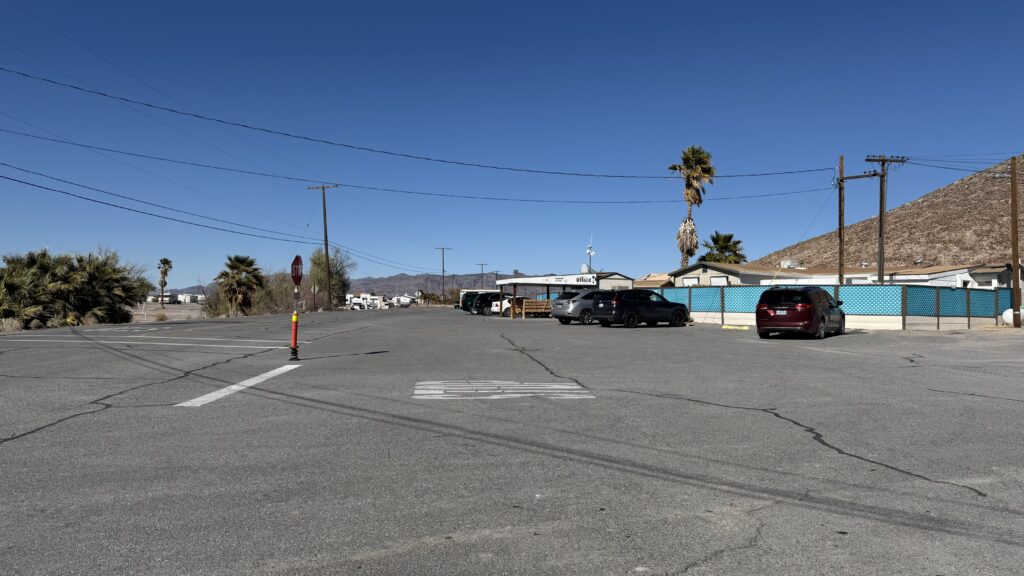
Some of the challenges Tecopa is facing are also included in the plan. Potentially insufficient supply of potable water in Tecopa Hot Springs and Tecopa Heights is an issue, and the upper aquifer, the source for household use and drinking water, is limited. Furthermore, the water in Tecopa is high in arsenic and fluorides, varying across the three areas, with the highest levels in Tecopa Hot Springs, followed by Tecopa, and the least in Tecopa Heights. Many residents use filtration systems or buy water from the kiosk.
There is also no community water district in Tecopa, with private property owners relying on individual wells. Similarly, there is no community sewer district, with individual septic systems being the norm. The county campground and some resorts in Tecopa Hot Springs use evaporative ponds for wastewater disposal. Future development in the Hot Springs area could be limited by the need for better wastewater removal, and developing long-term strategies for water and infrastructure improvements proves crucial in the plan.
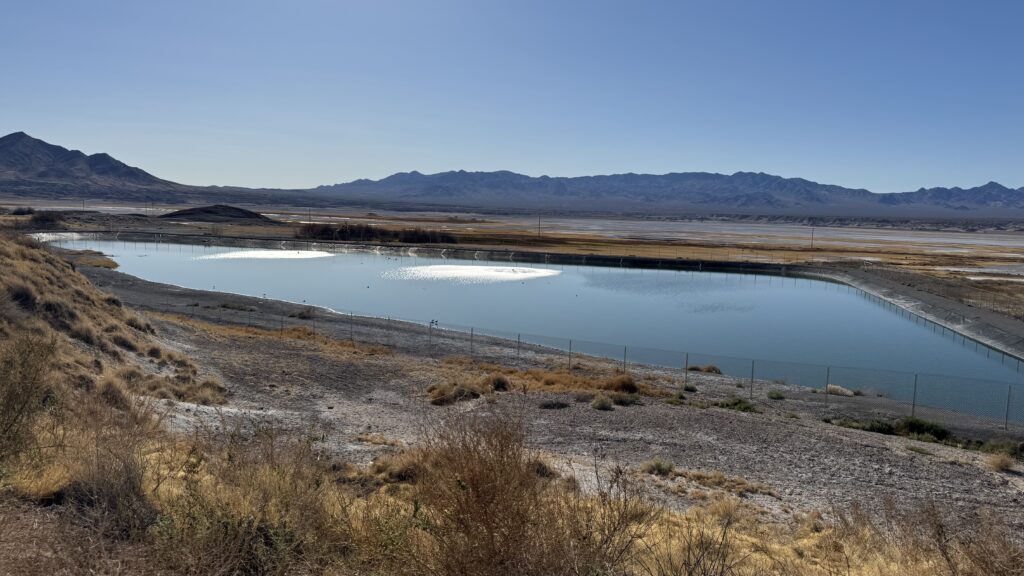
Overall, the Draft Tecopa Community Plan seeks to carefully manage tourism by fostering economic benefits through targeted commercial development and improved infrastructure, while implementing measures to guide visitor behavior, enhance their experience, and protect the community’s character and environment. The emphasis on “responsible” tourism and preserving the existing “flavor of the community” indicates a cautious approach to growth, prioritizing the long-term well-being of Tecopa and its residents.
The draft provides a comprehensive framework for the future of Tecopa, but it is not yet written in stone and could take many years to implement in its entirety. It reflects the community’s desire to embrace progress while safeguarding its unique character and tranquil environment. The plan will guide decision-making on development, but it is up to you, Tecopans, to ensure it aligns with the community’s priorities and concerns once fully adopted as part of the County’s General Plan.
To read the full plan, visit Inyo County’s website.

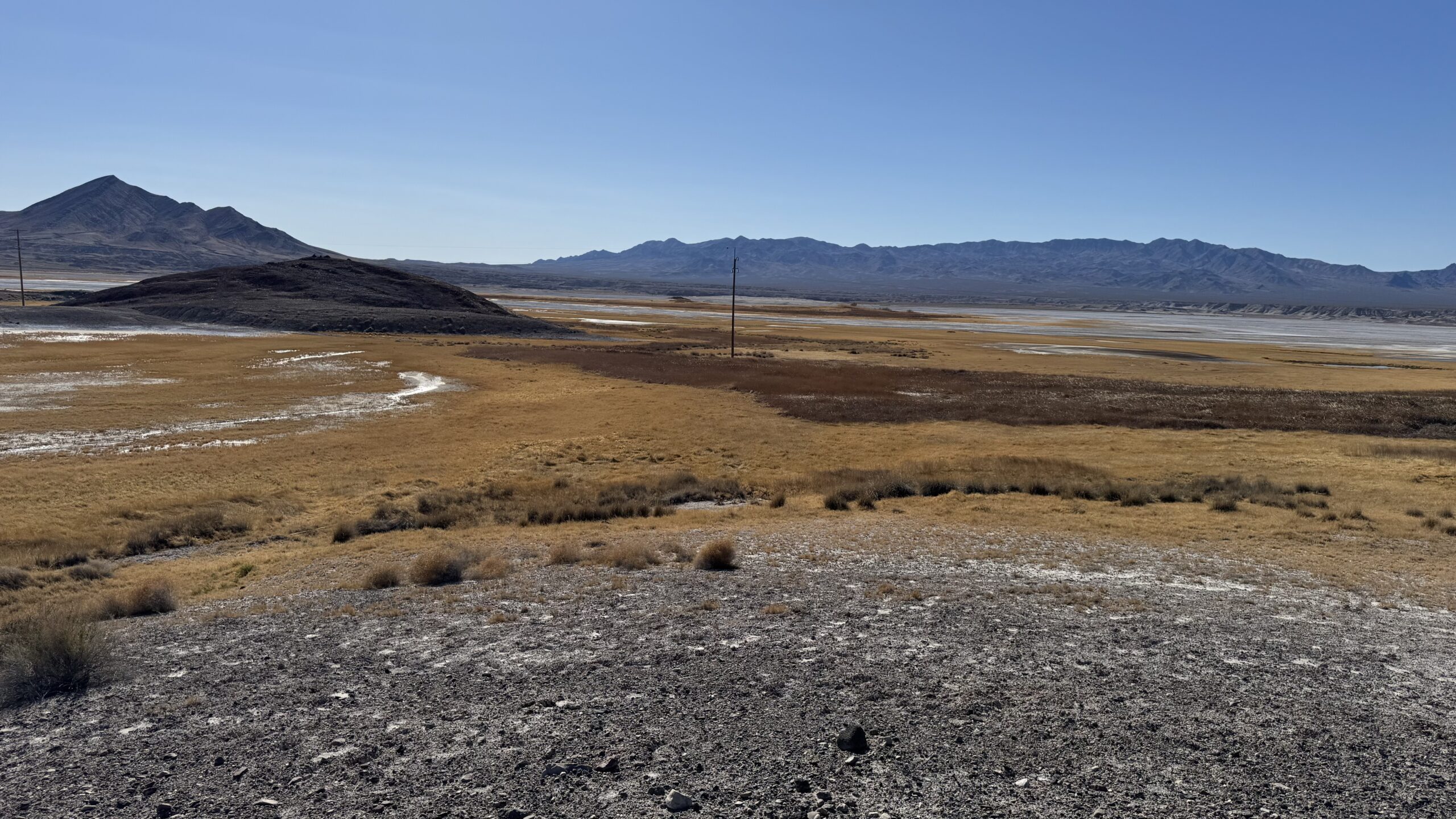
Leave a Reply